Impingem is a type of fungal skin superficial mycosis that is contagious and therefore passes from one person to another easily through direct contact or contaminated objects. The first symptoms of impingem are the appearance of a red spot on the skin that itches a lot.
This skin ringworm can be confused with pityriasis rosea, reactions to the use of medications, nummular dermatitis, or psoriasis and therefore should always be evaluated by a dermatologist.
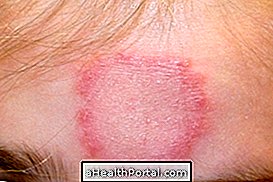

Main symptoms
The symptoms of impingem appear about 4 to 10 days after infection by the fungus, with the main symptoms being:
- Reddish, round spot with rough edges on skin with light-colored interior;
- Itching in the region, which can spread the fungus to other regions of the body, leading to the appearance of other spots;
- Mild swelling in place;
- Blisters of pus on the skin;
- Desquamation of the skin.
Symptoms may persist for several days and blemishes can easily spread to nearby areas when they are not immediately treated with the use of antifungal medications prescribed by a doctor. The spots on the skin easily spread throughout the body and can even affect the scalp.
It is important to consult a dermatologist as soon as the first spots appear, because although not serious, impingem is uncomfortable and contagious, and can be easily transmitted to other people. Here's how to identify impingem.
How is the diagnosis made?
The diagnosis of impingem is made by the dermatologist through the observation of the lesions presented by the patient, which are quite characteristic. However, the doctor may request further tests to confirm the diagnosis, such as a scraping of the lesion and microbiological analysis, in which the fungal structures are visualized, for example. Understand how the dermatological examination is done.
How is the treatment done?
Treatment for impingem should be done as soon as possible so that the chances of transmission are reduced. Thus, it is usually indicated by the dermatologist the use of drugs that can be used in the form of ointment that should be placed in the lesion, such as ketoconazole, fluconazole, terbinafine and amorolfine.
After the ointment is started, it is common for the lesion to begin to become clearer, especially in the middle, because the healing of the lesion occurs from the middle to the edges.
In addition to ointments, there are some home remedies for impingem, such as brewer's yeast, cabbage, and pepper rosemary, as they relieve the symptoms of disease and help fight infection. Here are some homemade remedy options for impinging.
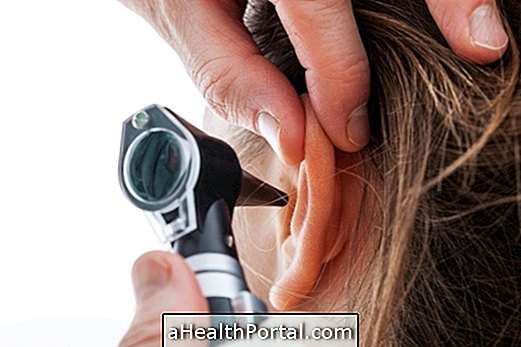
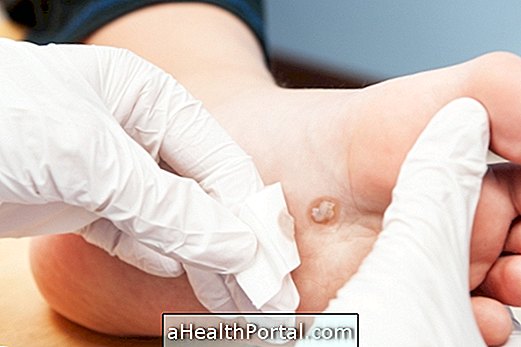

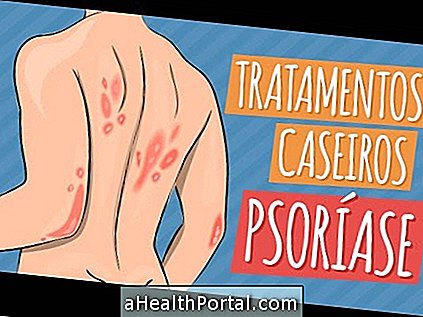
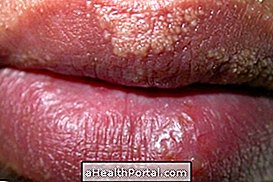
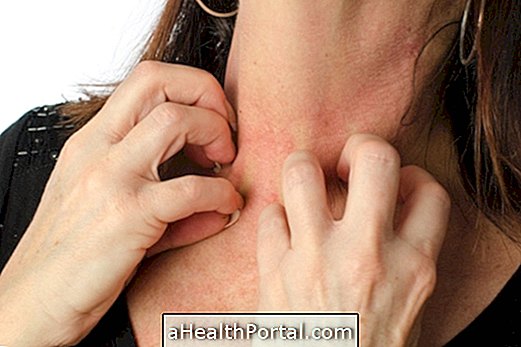






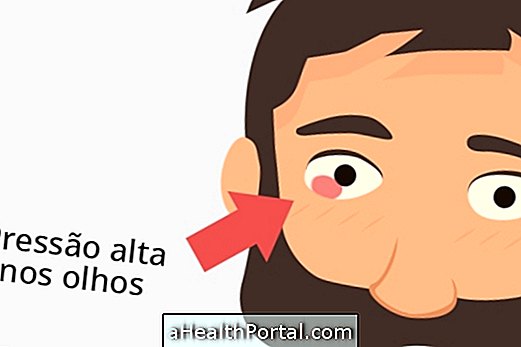
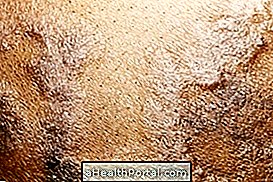

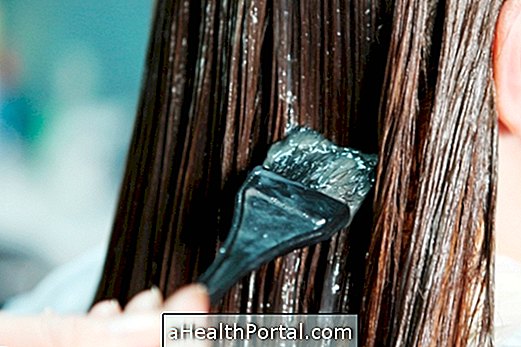


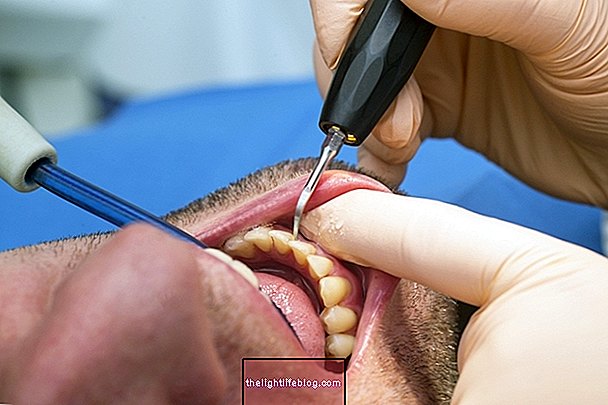
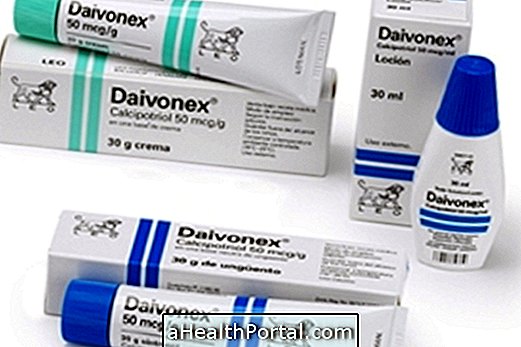


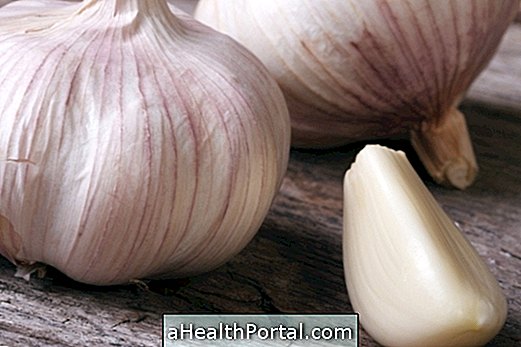

.php)

